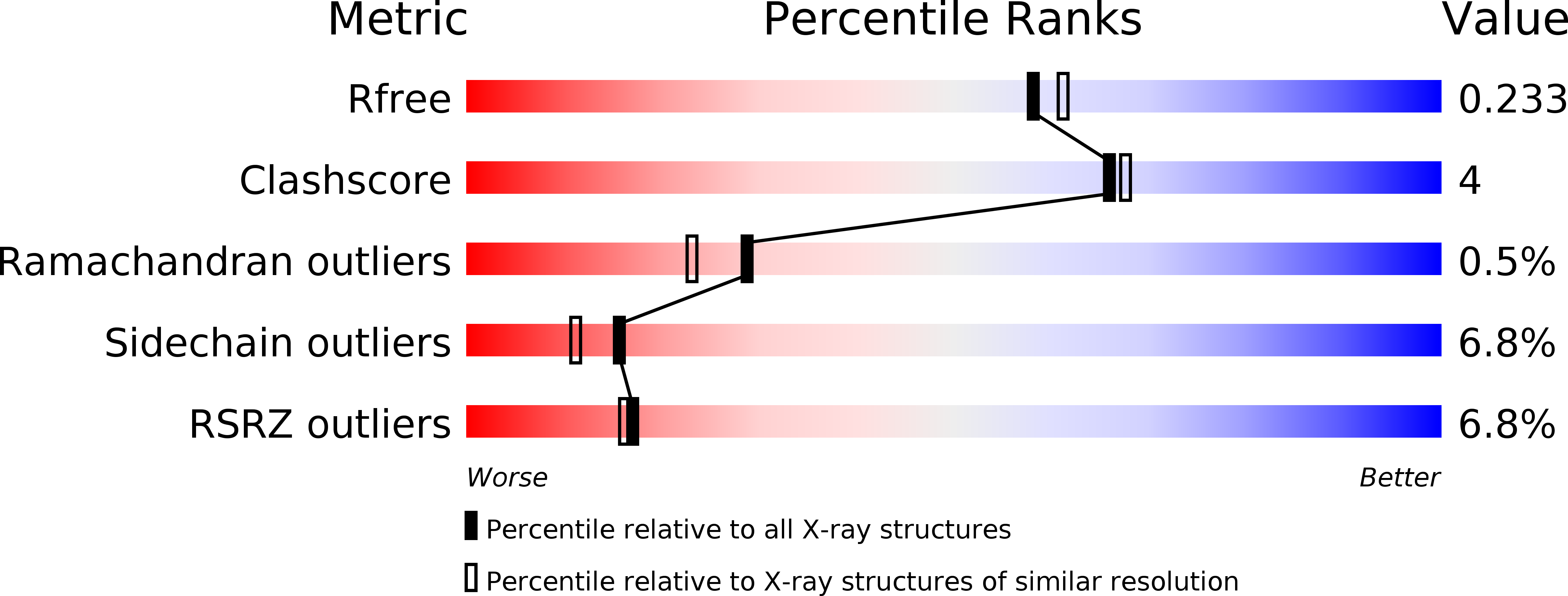
Deposition Date
2004-07-15
Release Date
2005-07-05
Last Version Date
2024-02-14
Entry Detail
PDB ID:
1U1E
Keywords:
Title:
Structure of e. coli uridine phosphorylase complexed to 5(phenylseleno)acyclouridine (PSAU)
Biological Source:
Source Organism:
Escherichia coli (Taxon ID: 562)
Host Organism:
Method Details:
Experimental Method:
Resolution:
2.00 Å
R-Value Free:
0.23
R-Value Work:
0.21
R-Value Observed:
0.21
Space Group:
P 21 21 21


